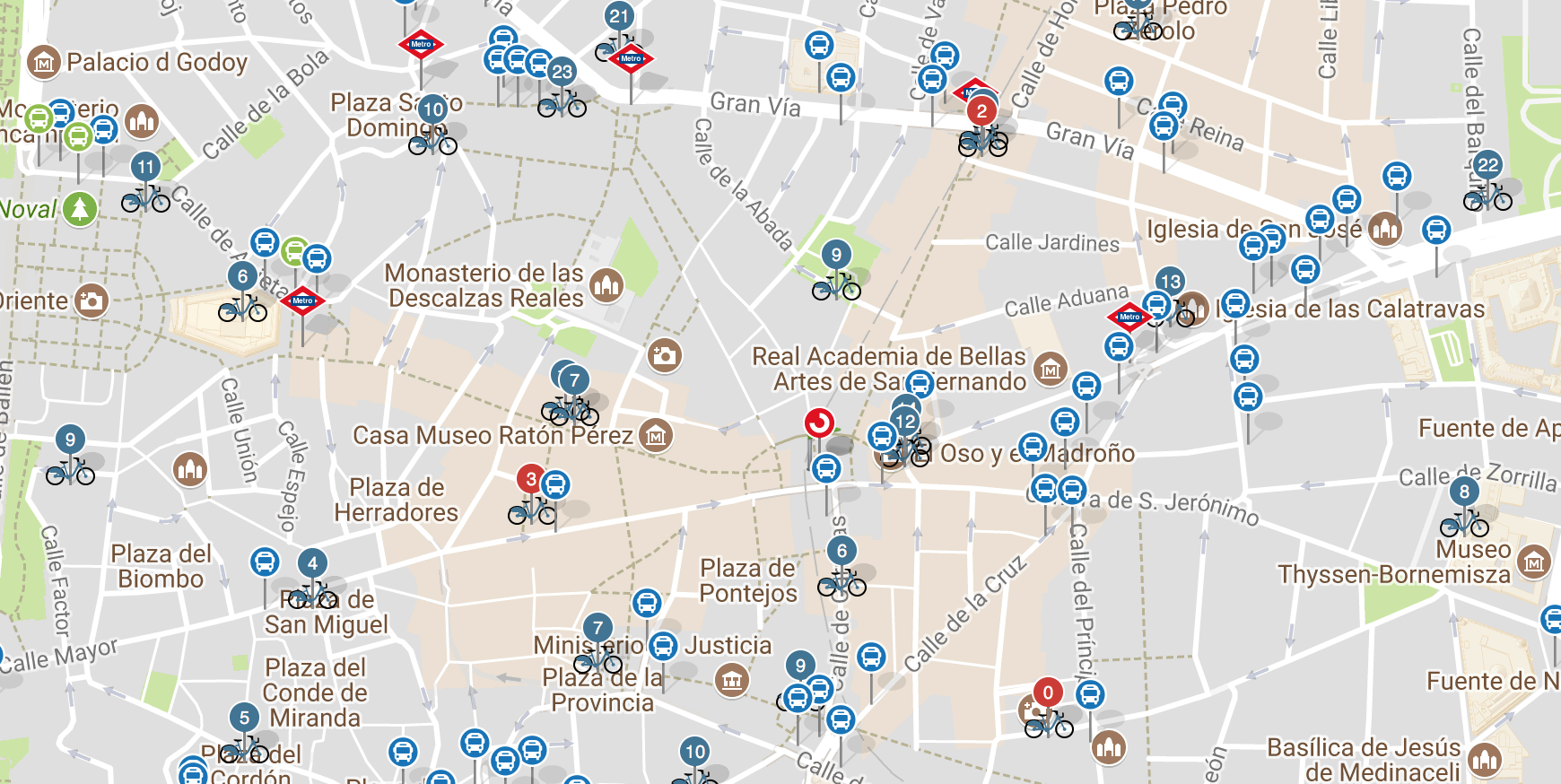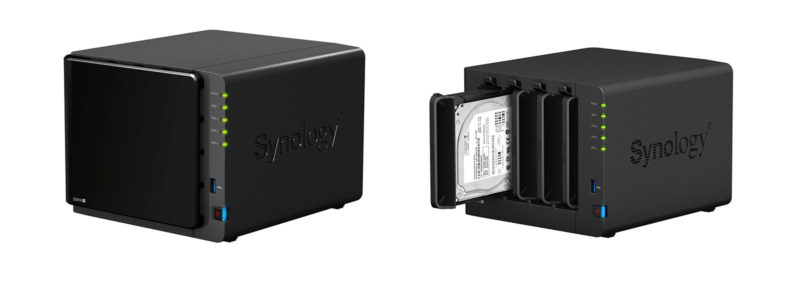
Living in Barcelona is an absolute blast, and these mobile apps will help you get the best out of it. Most of these apps can be used by tourists visiting this city, and even other cities in Spain.
Scroll down towards the end of the post to get all the discounts and coupons to use when signing up for these services.
Food & Beverage
- Tripadvisor / Restaurant Guru / El Tenedor – Find the best restaurants and cafes.
Deliveries
- Glovo – Delivery of anything you fancy.
Transport
- FreeNow – Cab hailing.
- Yego / eCooltra / Acciona – Scooter rental on demand. Scoot also rents e-bikes.
- Bicing – Bike rental on-demand.
- ParkMe – Find parking spaces and show prices of car parks.
- ElParking – Find parking spaces.
- Parkapp – Book parking spaces.
- Parclick – Cheaper parking.
- Bip&Drive – Easier and faster passage through toll road booths and parkings.
- Komoot – Directions for biking around town, I use it on my Apple Watch.
Accommodation
- Airbnb – Apartment and room rental.
- Badi – Find rooms for hire / rent out a room in your apartment.
- Booking – Best app for booking short-term stays worldwide
Banking
Wellness
Social
- Meetup – Find like-minded people to hang out with, participate in sports activities, excursions, you name it!
- Internations – Meet people wherever you are.
Other
- CallBlocker – A product from ListaSpam that blocks incoming spam calls.
- Mr Number – another similar app







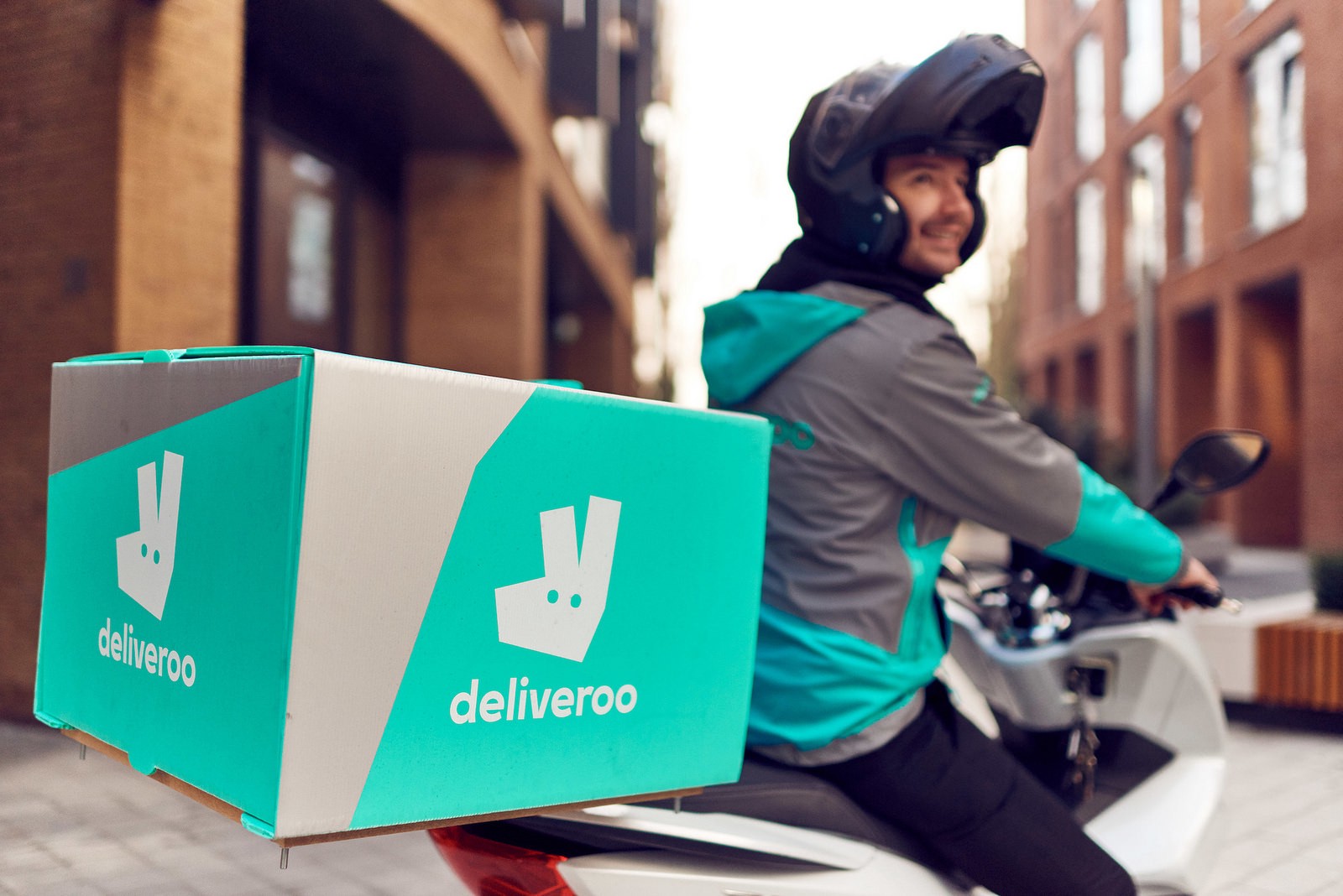





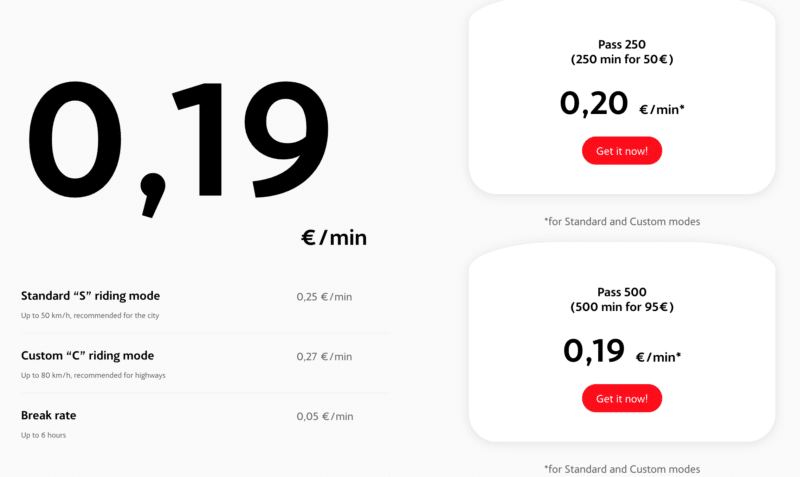

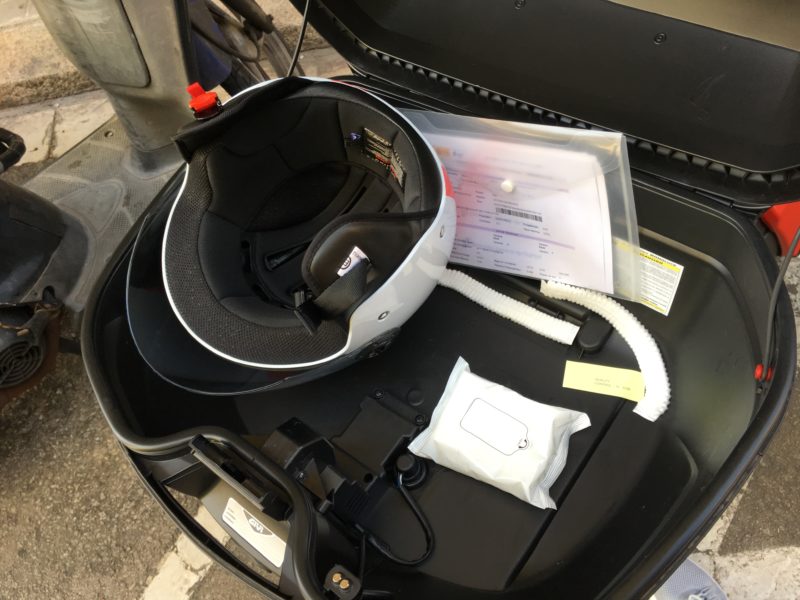





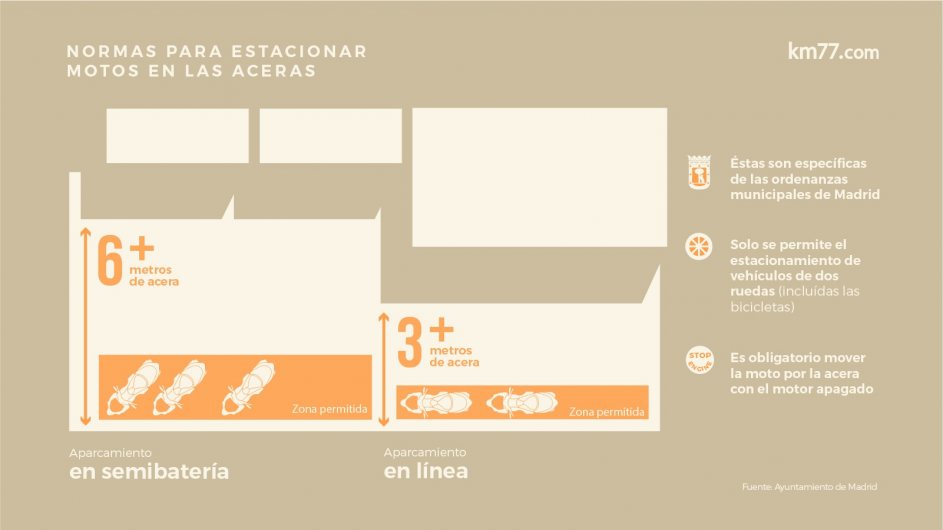
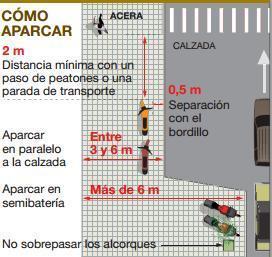 You can park on the sidewalk provided that there is enough space for pedestrians to walk. This is defined as two metres or more of free space on the sidewalk.
You can park on the sidewalk provided that there is enough space for pedestrians to walk. This is defined as two metres or more of free space on the sidewalk.